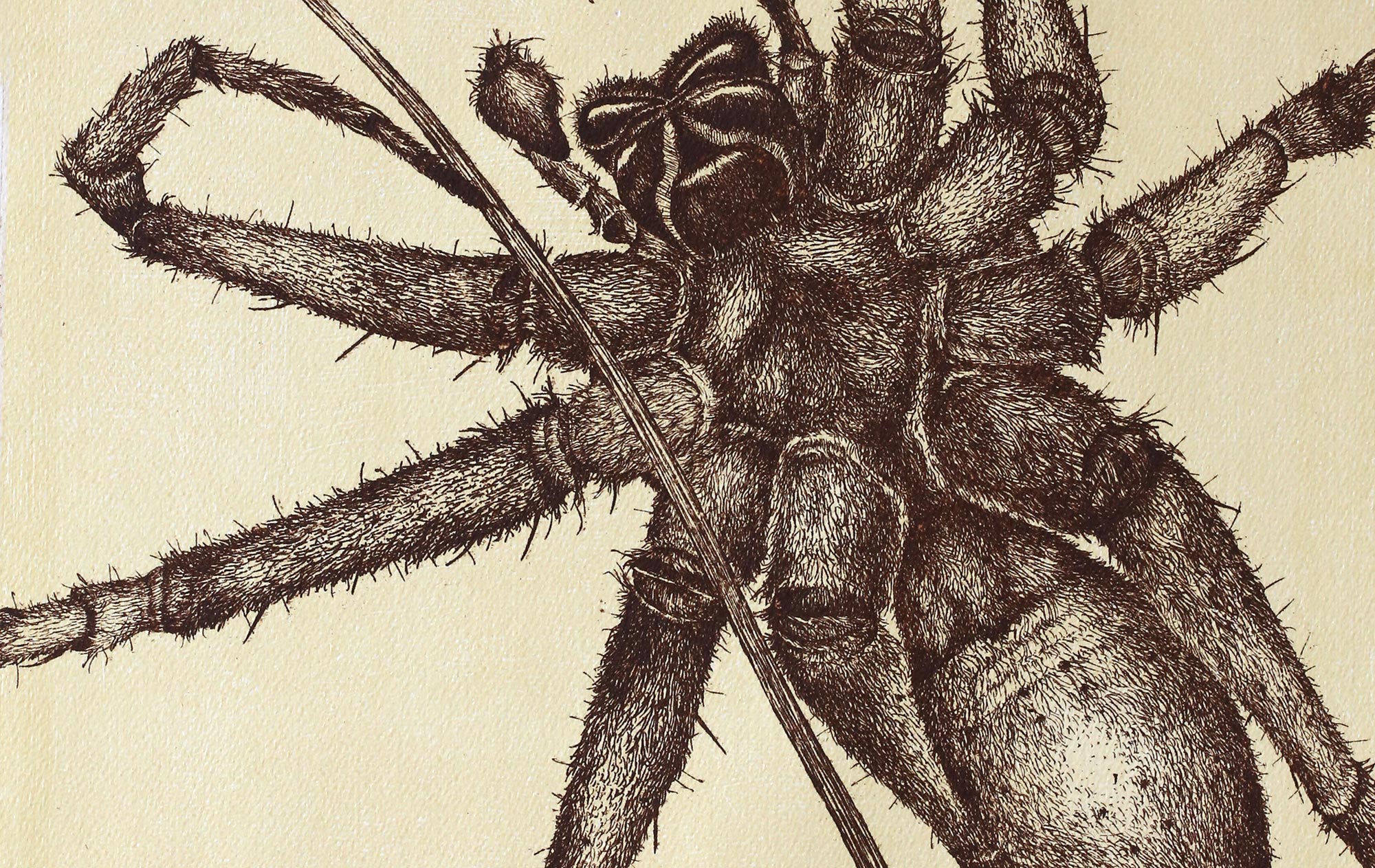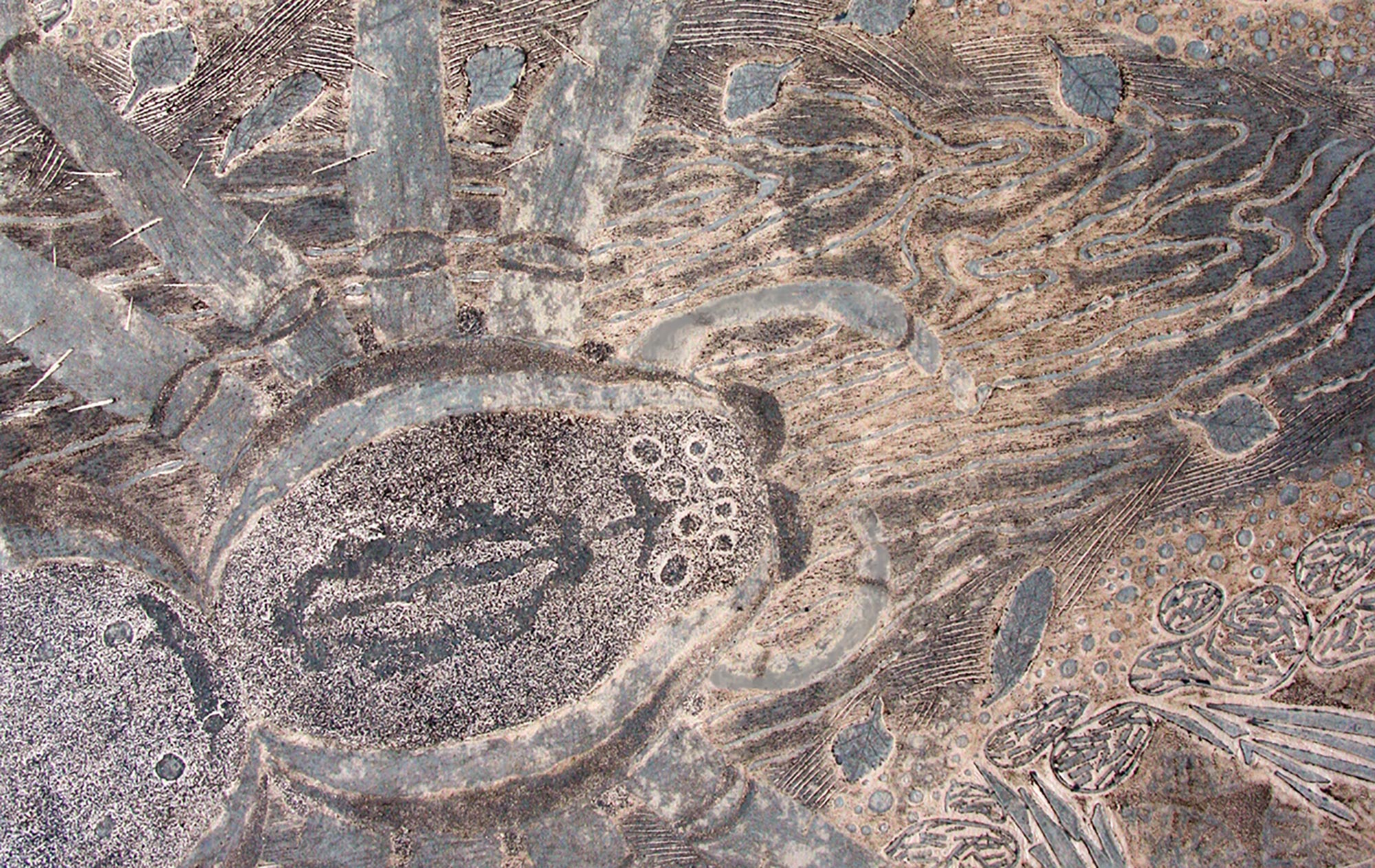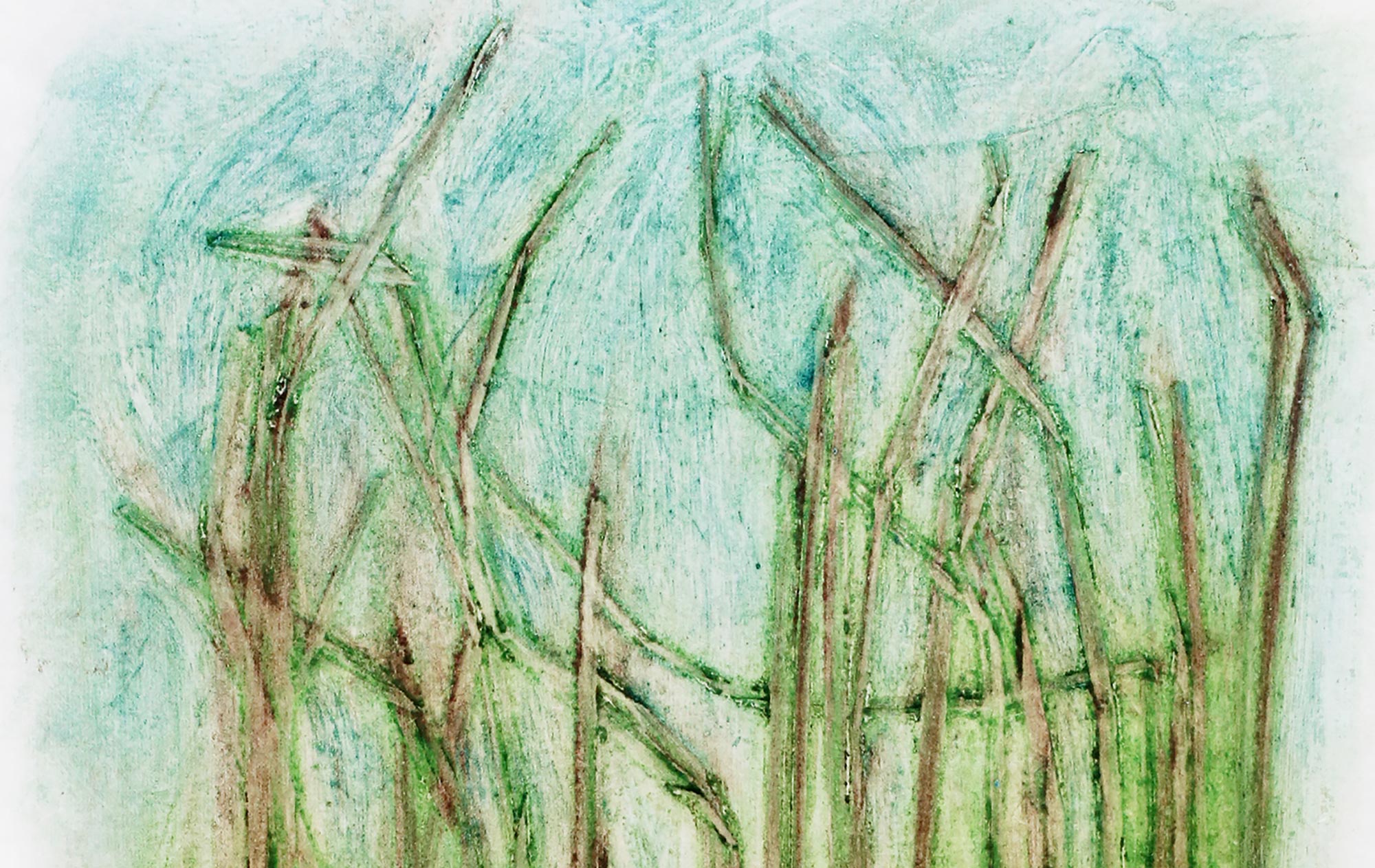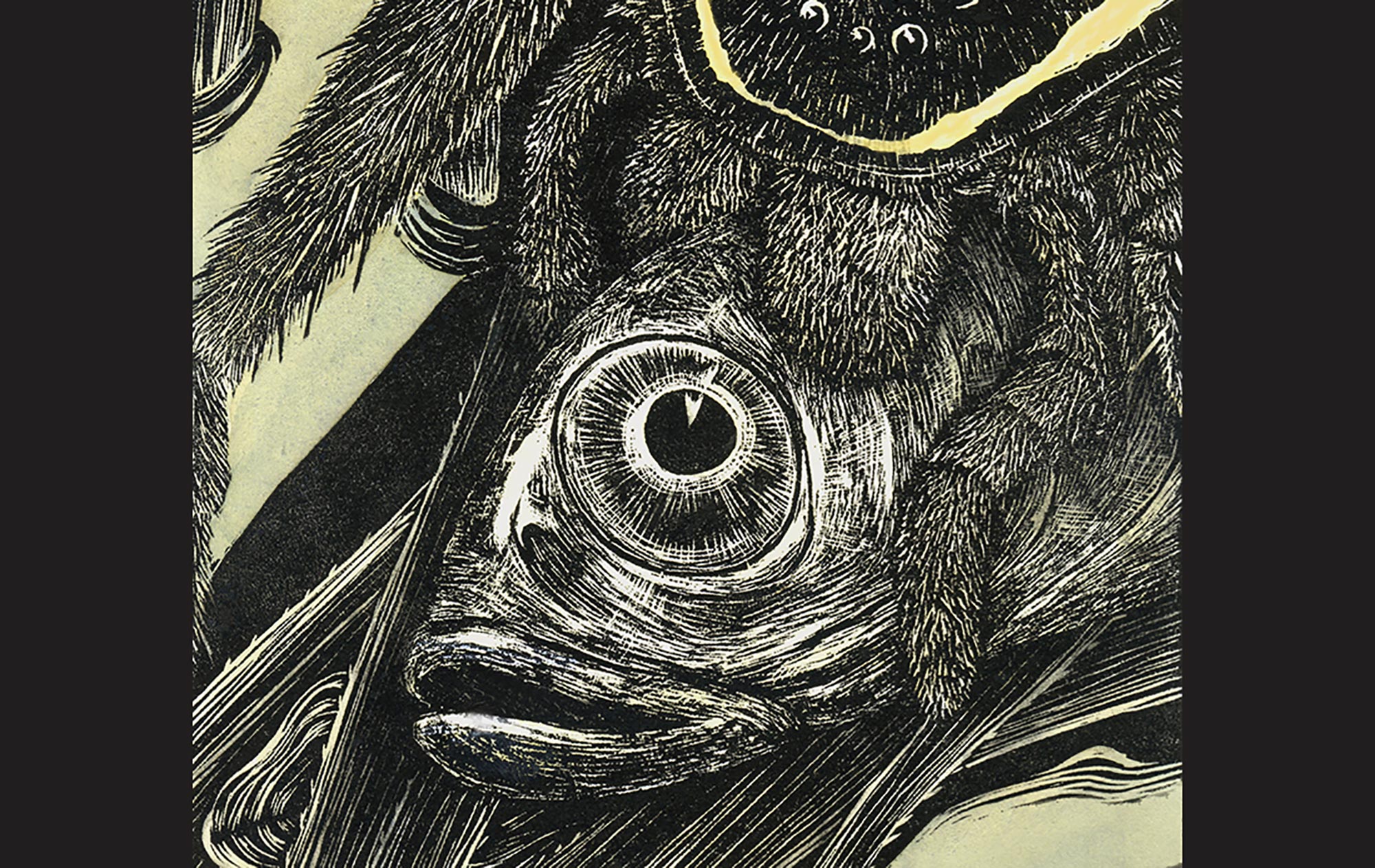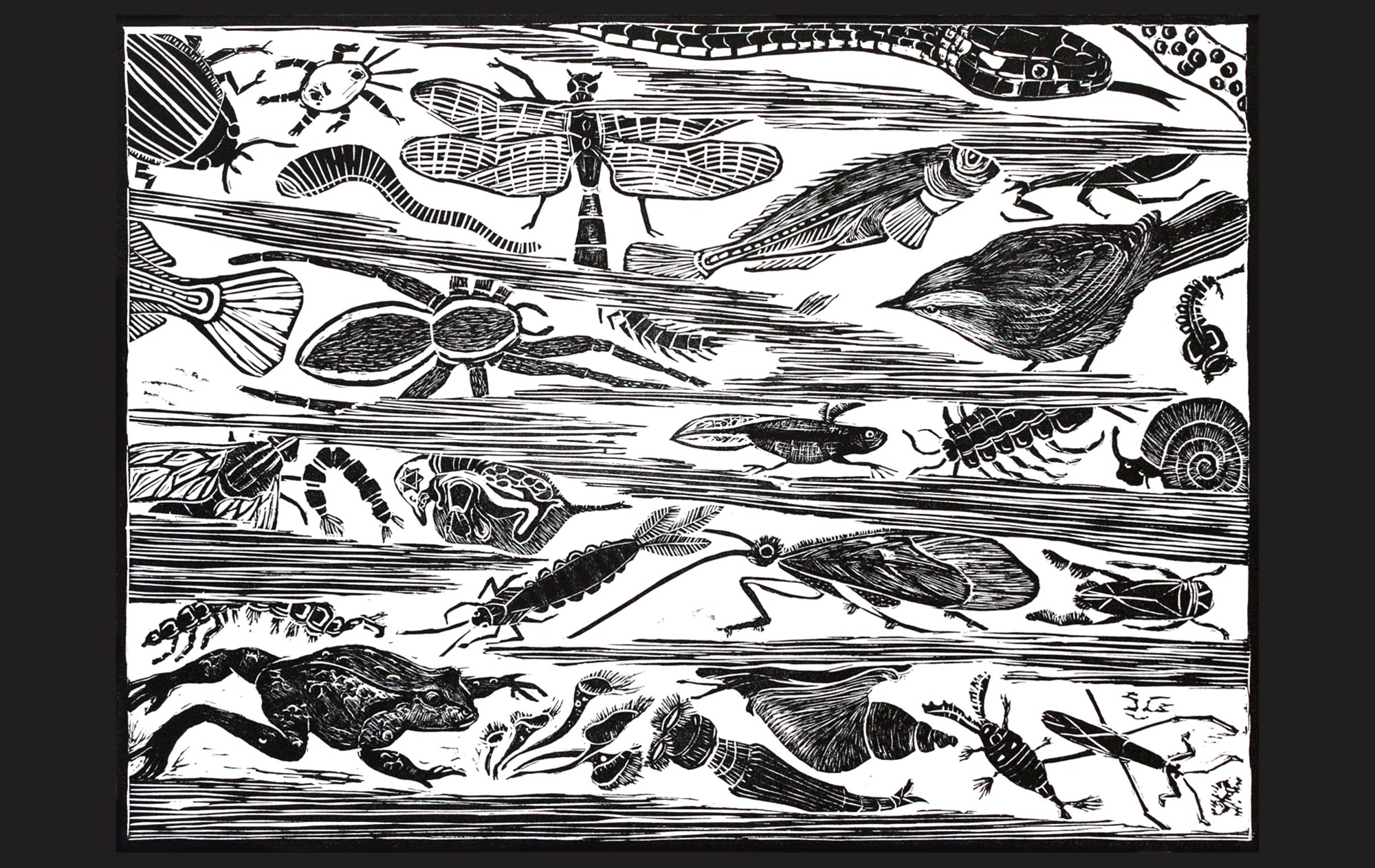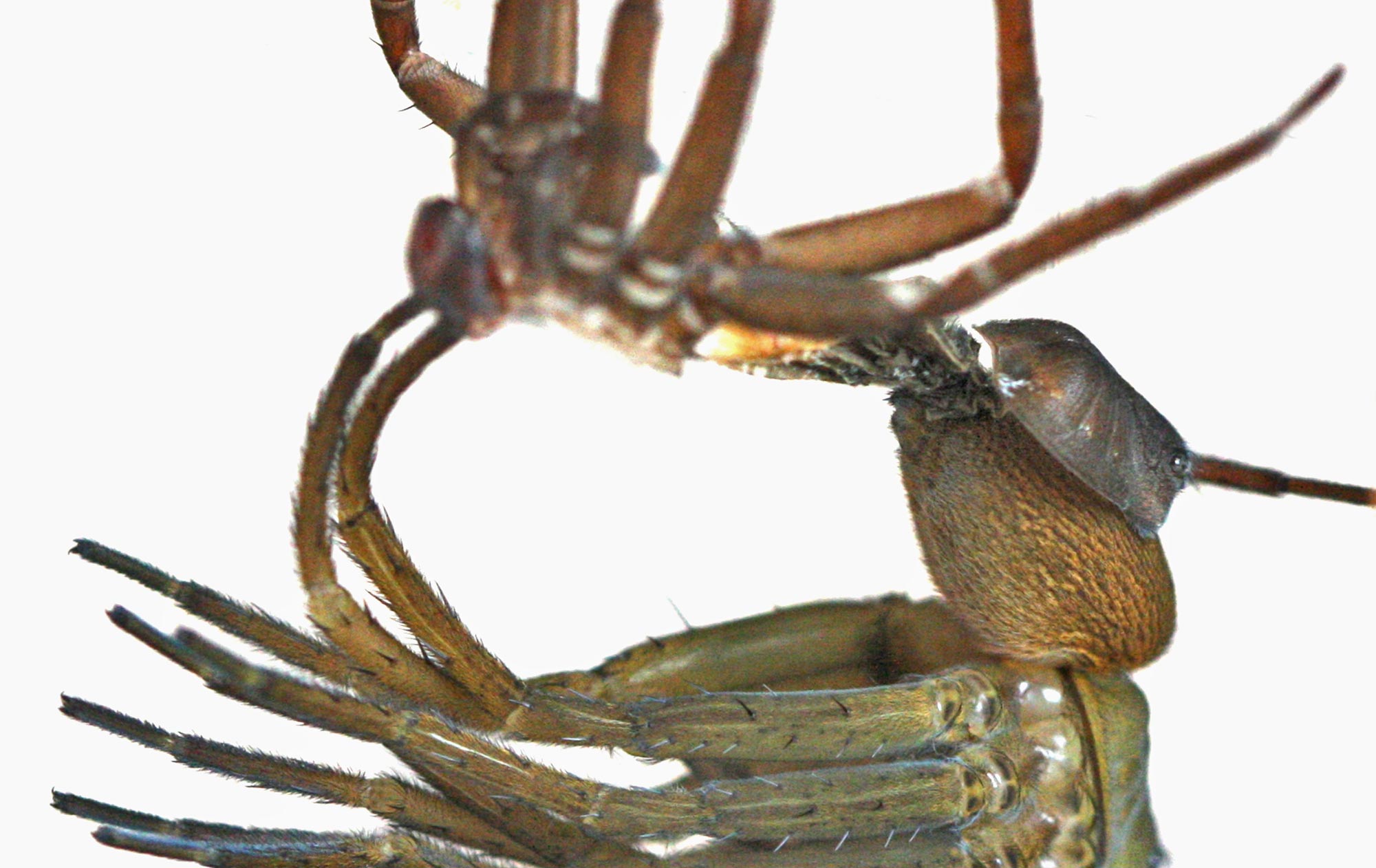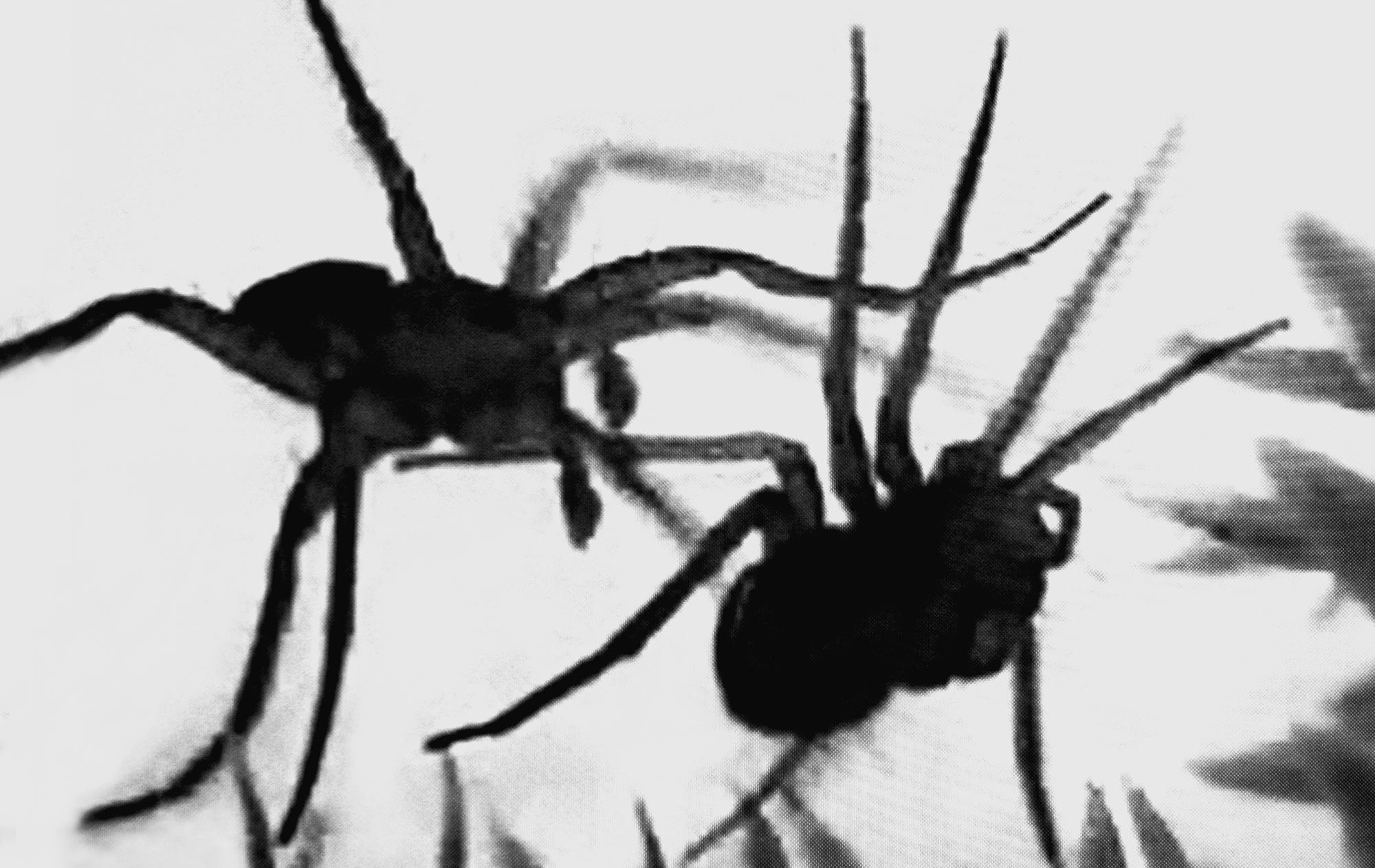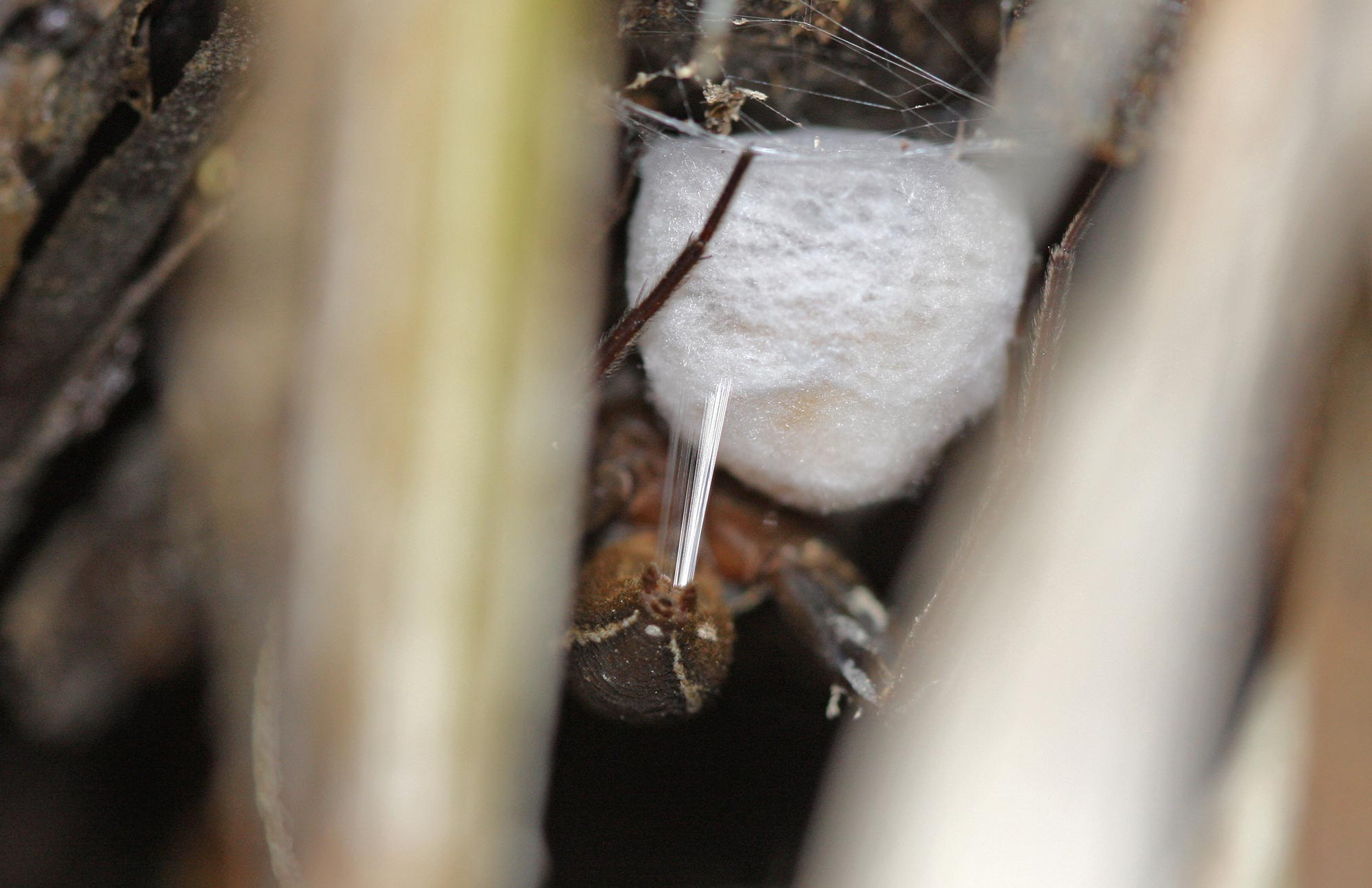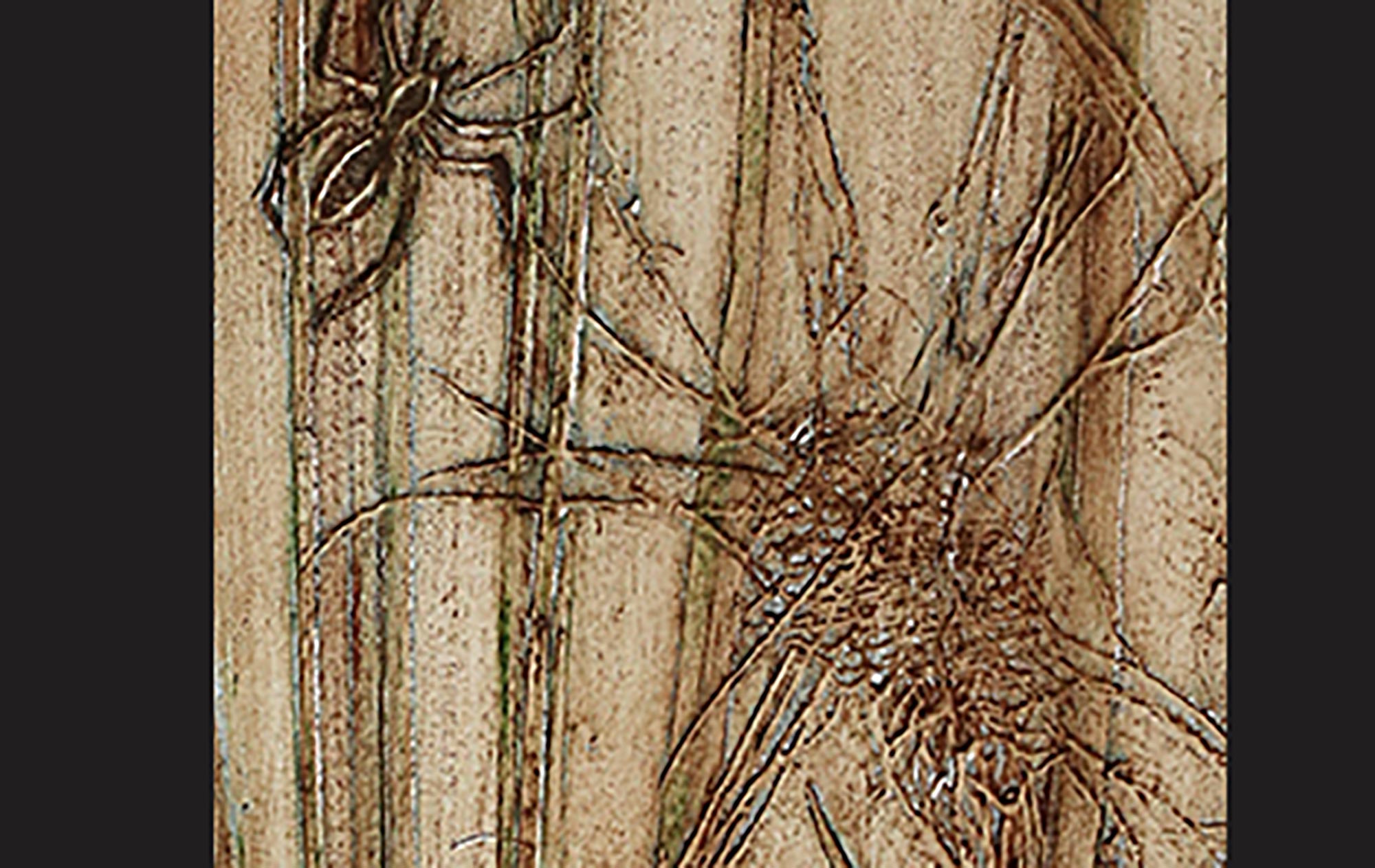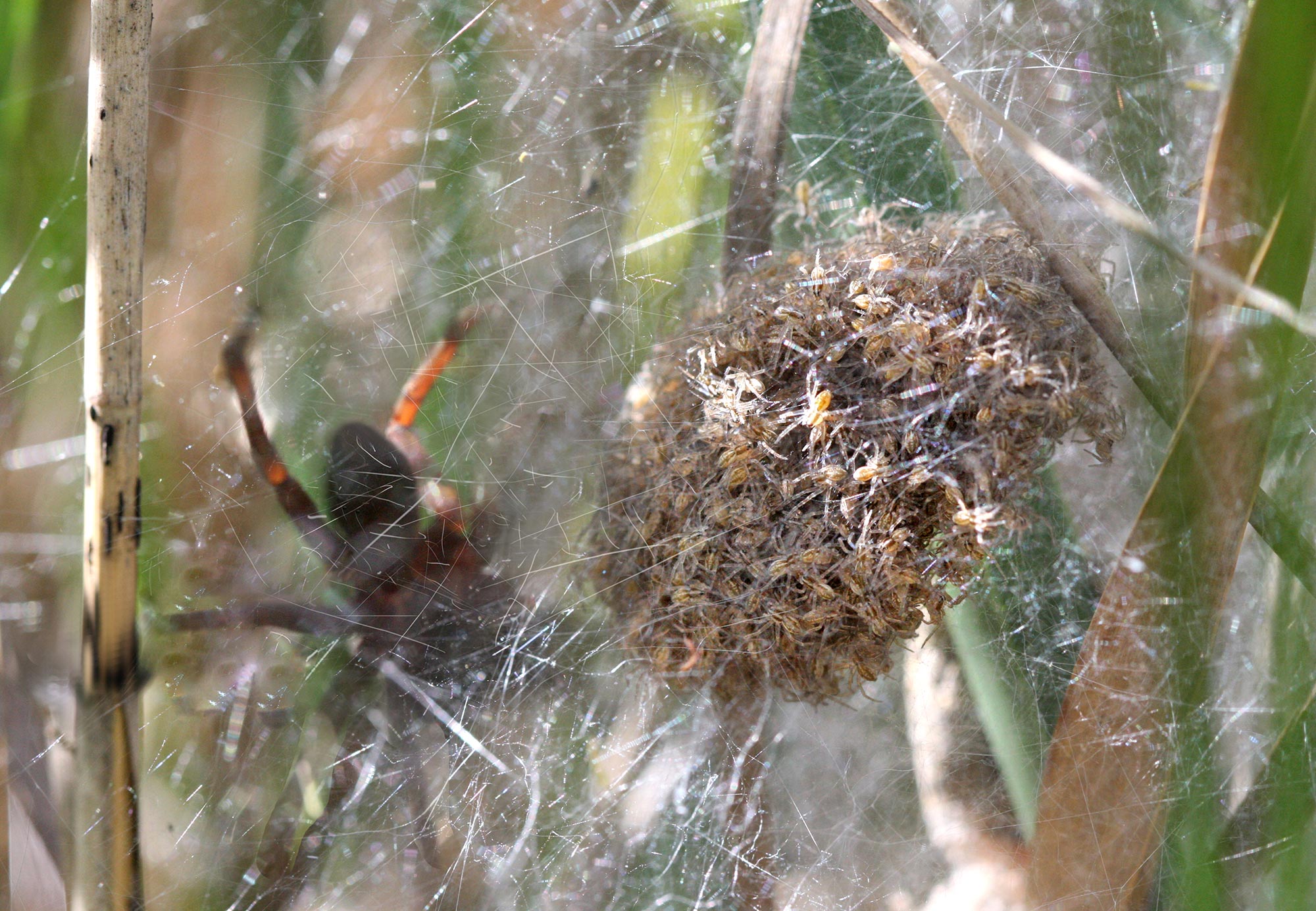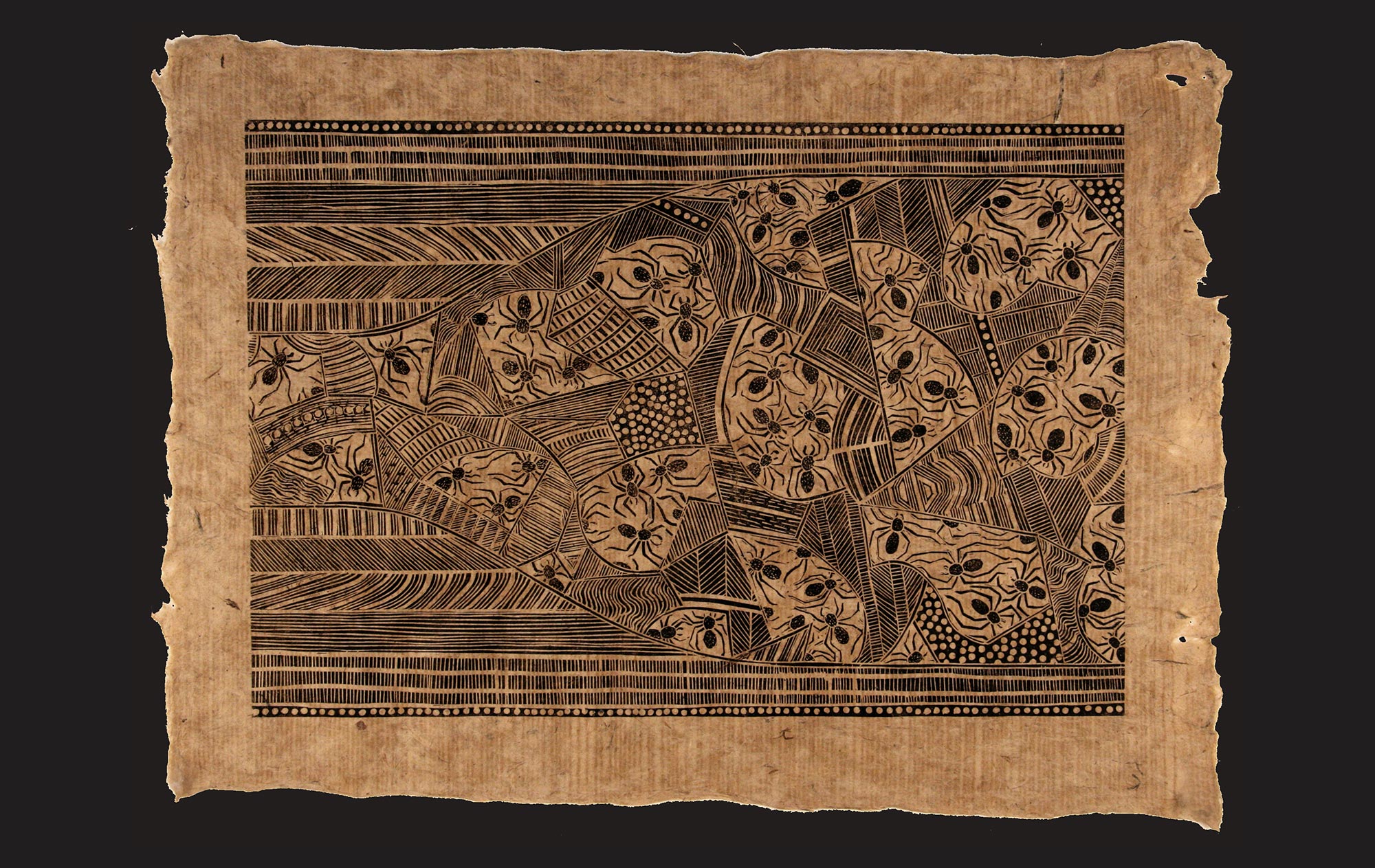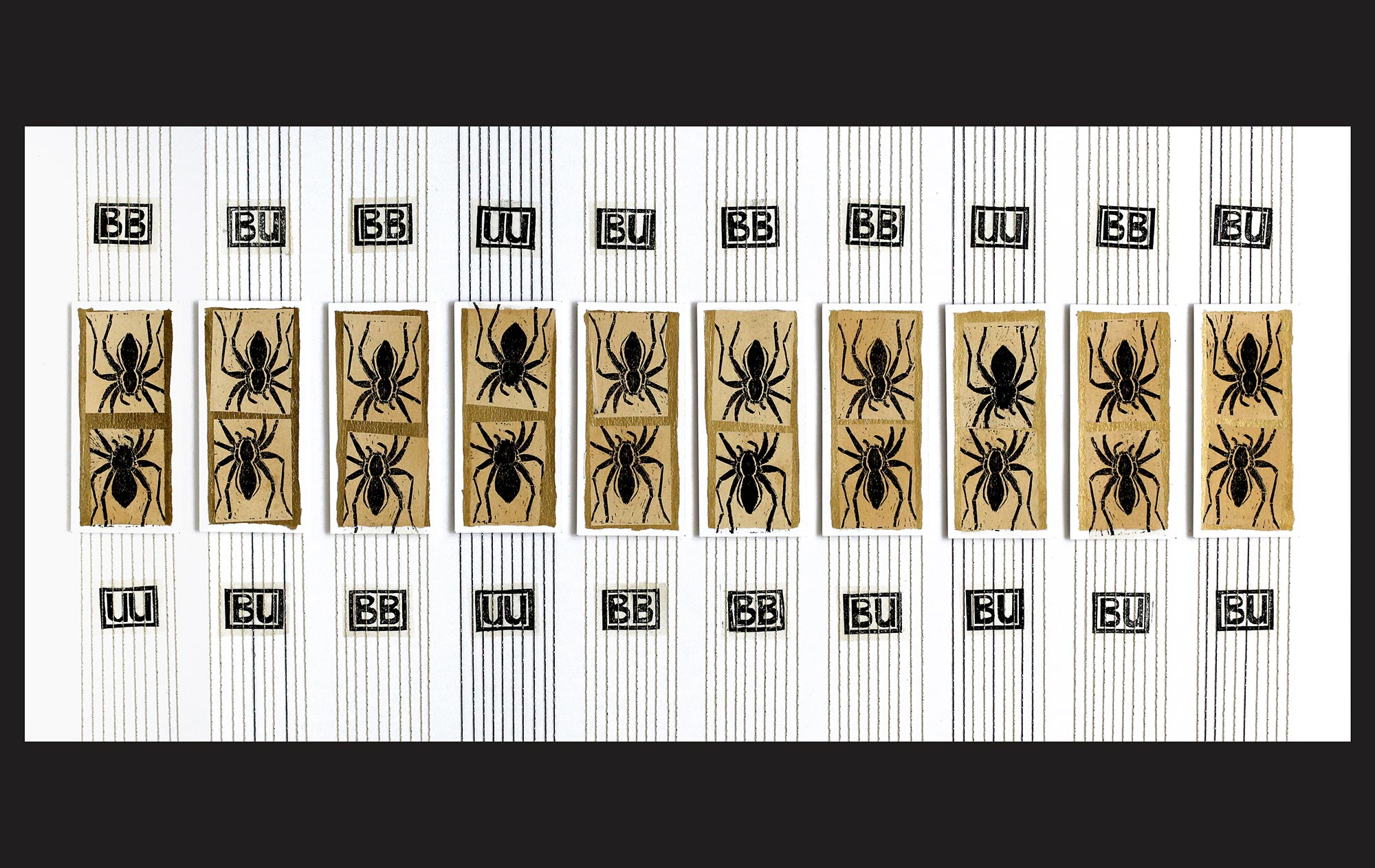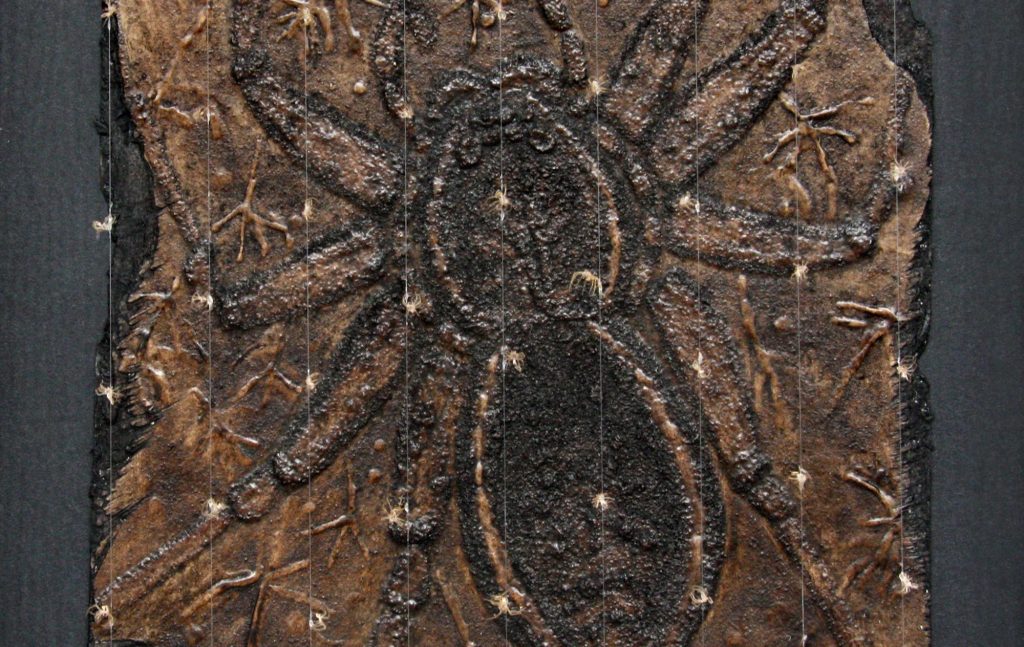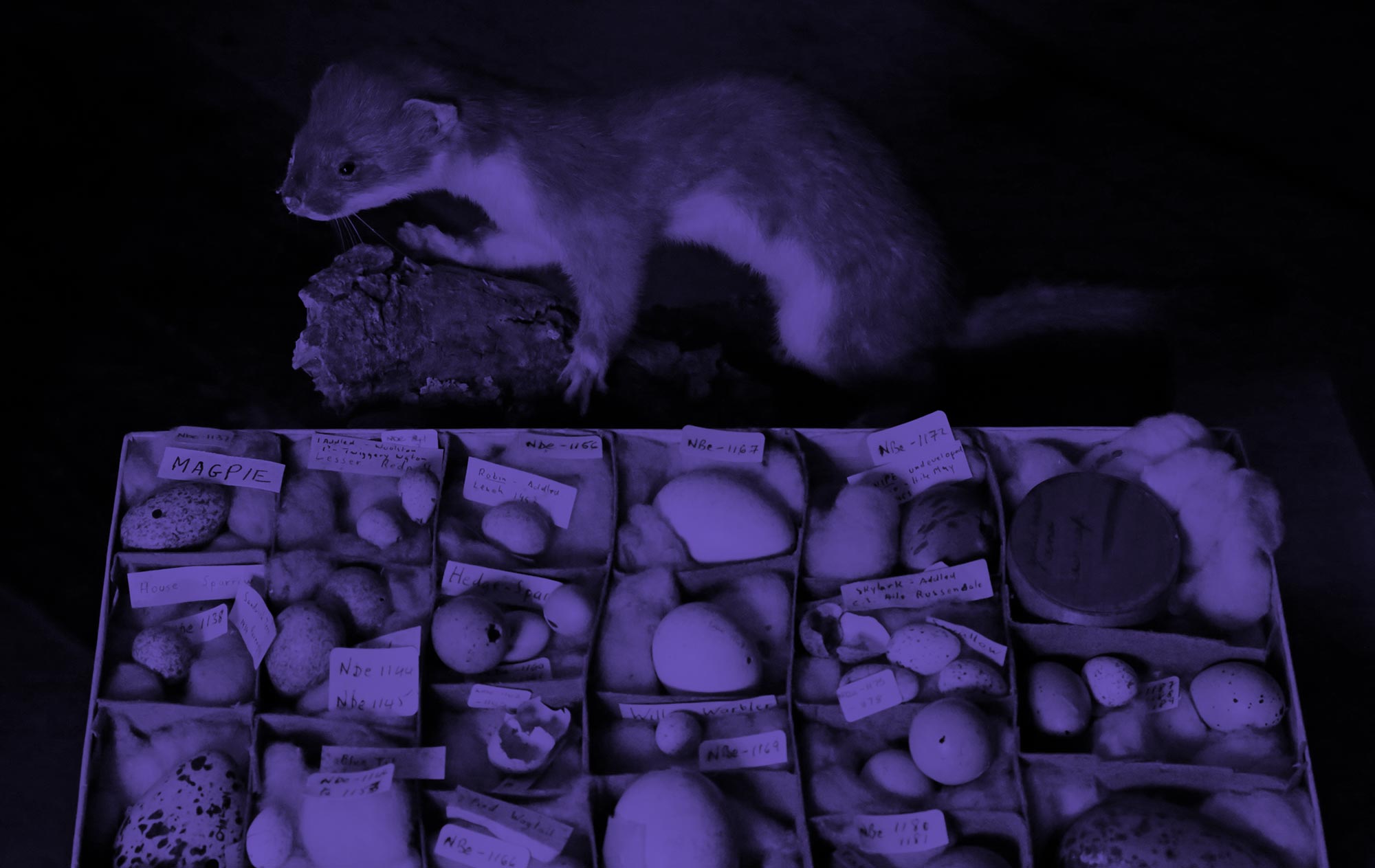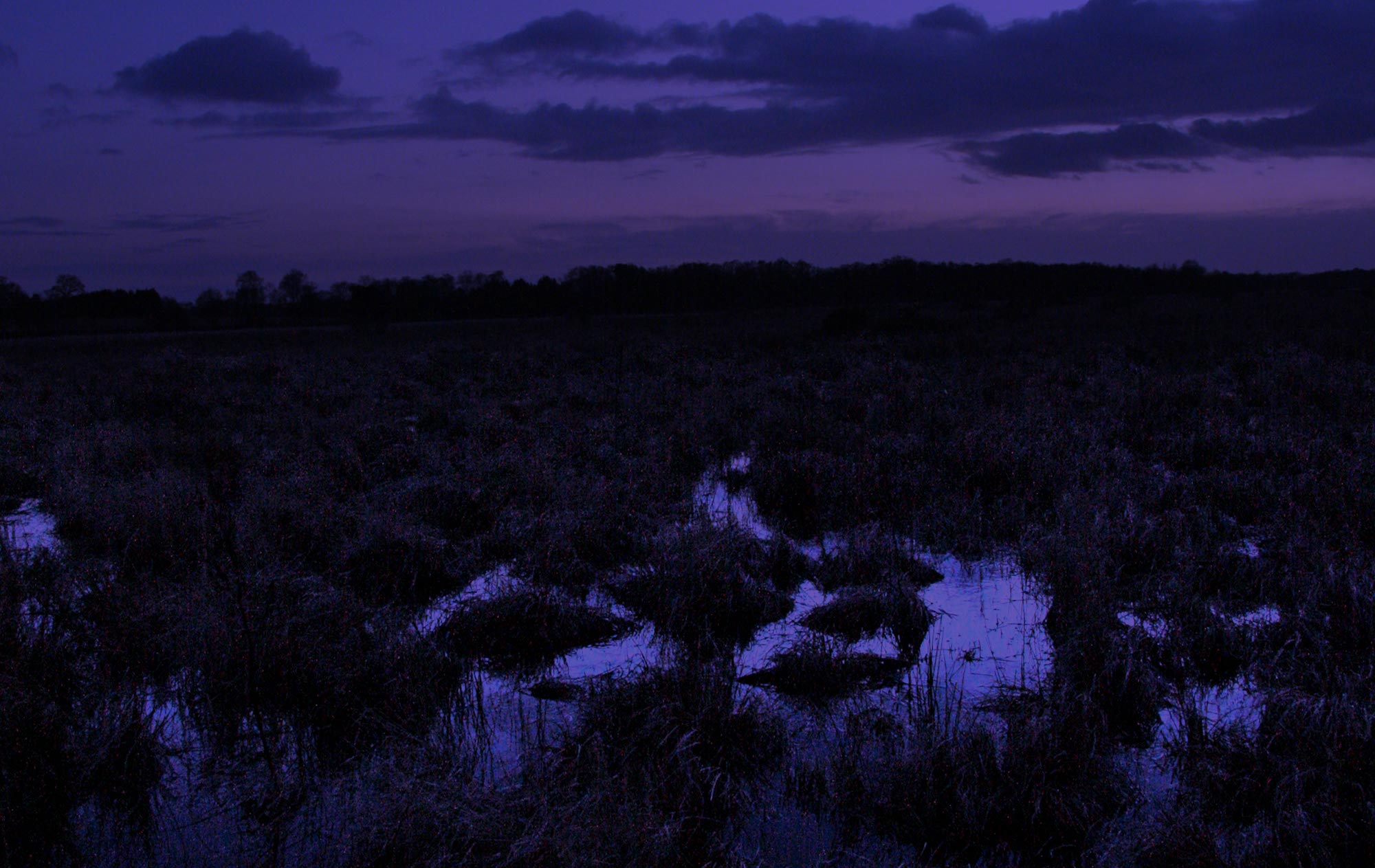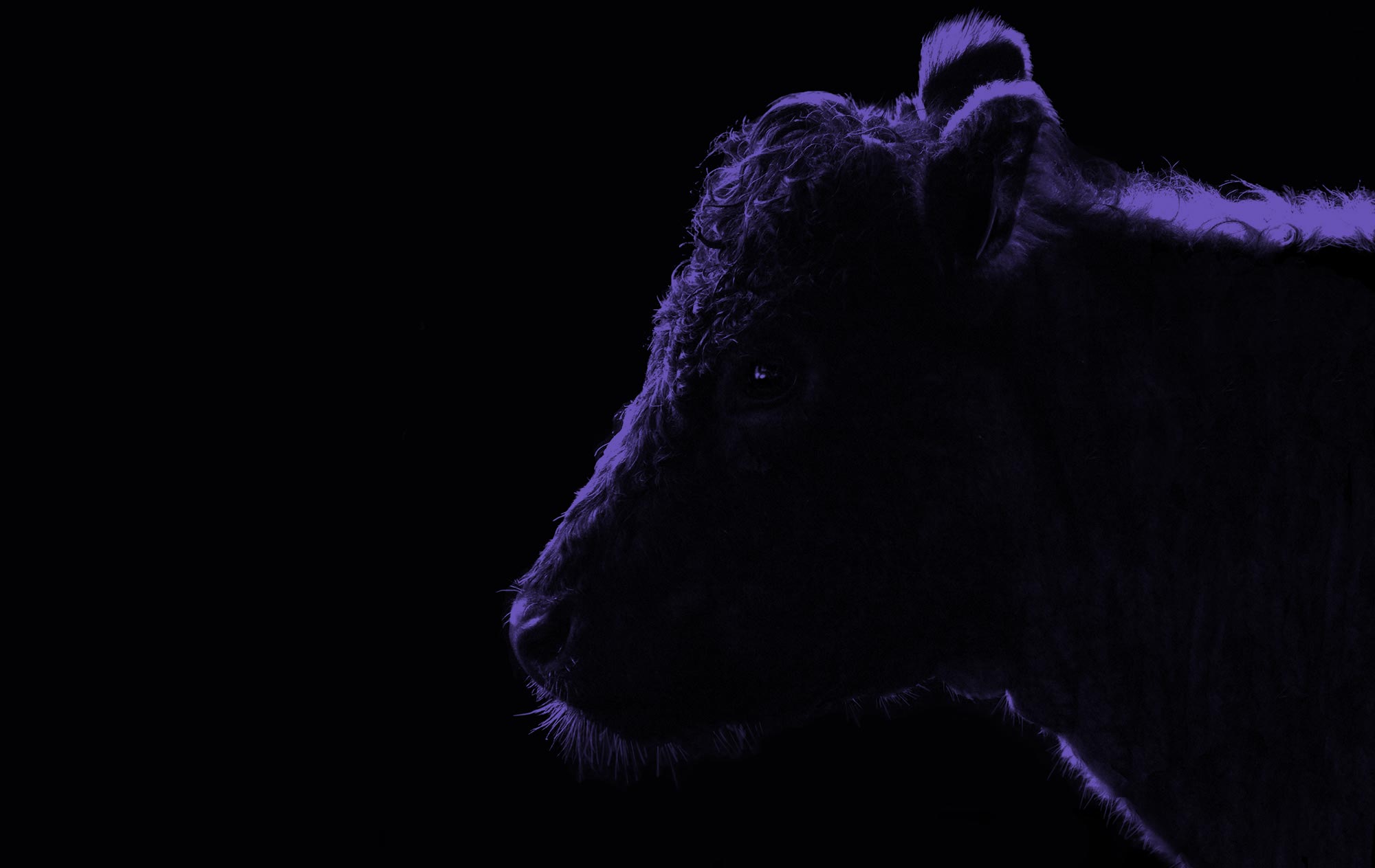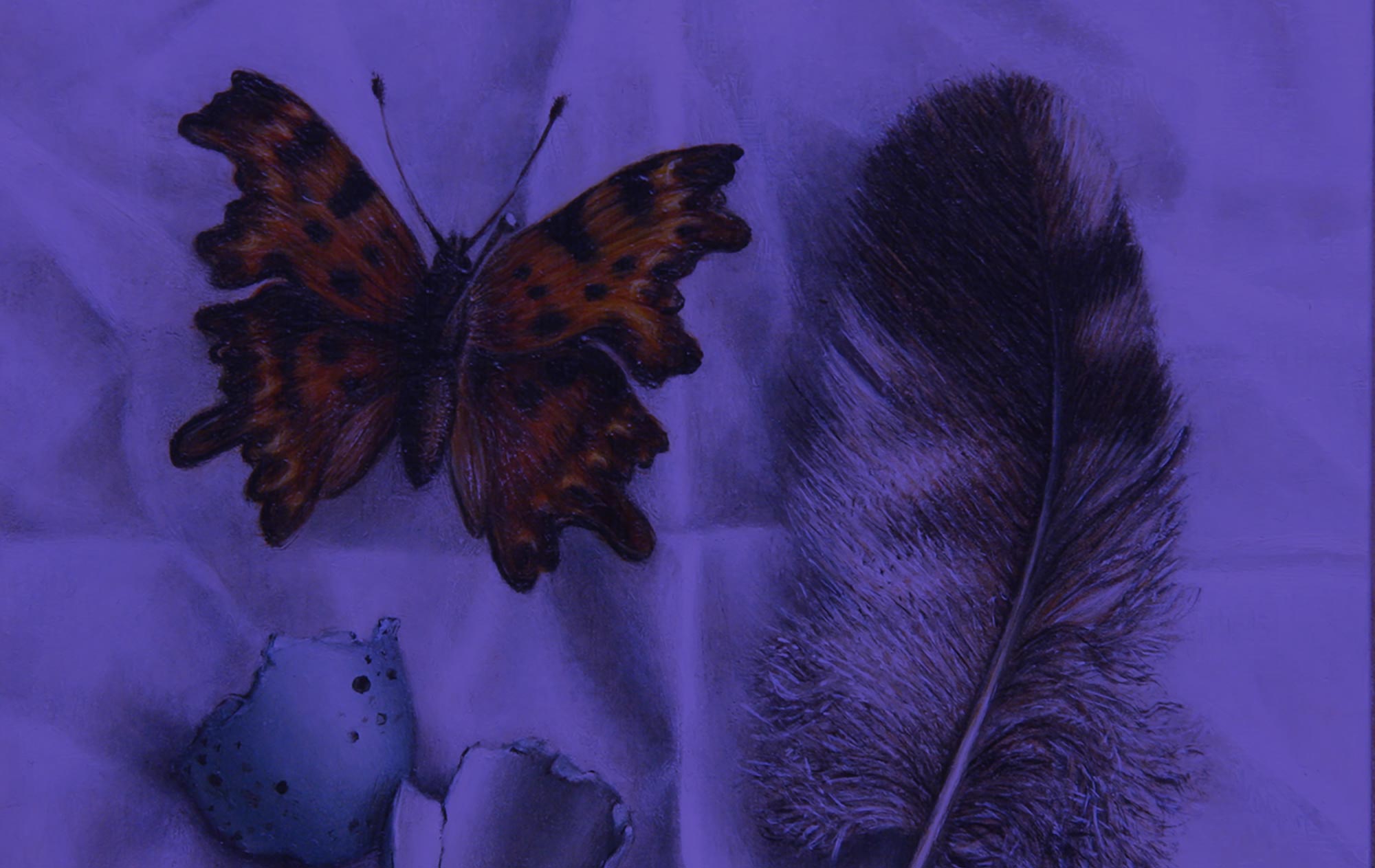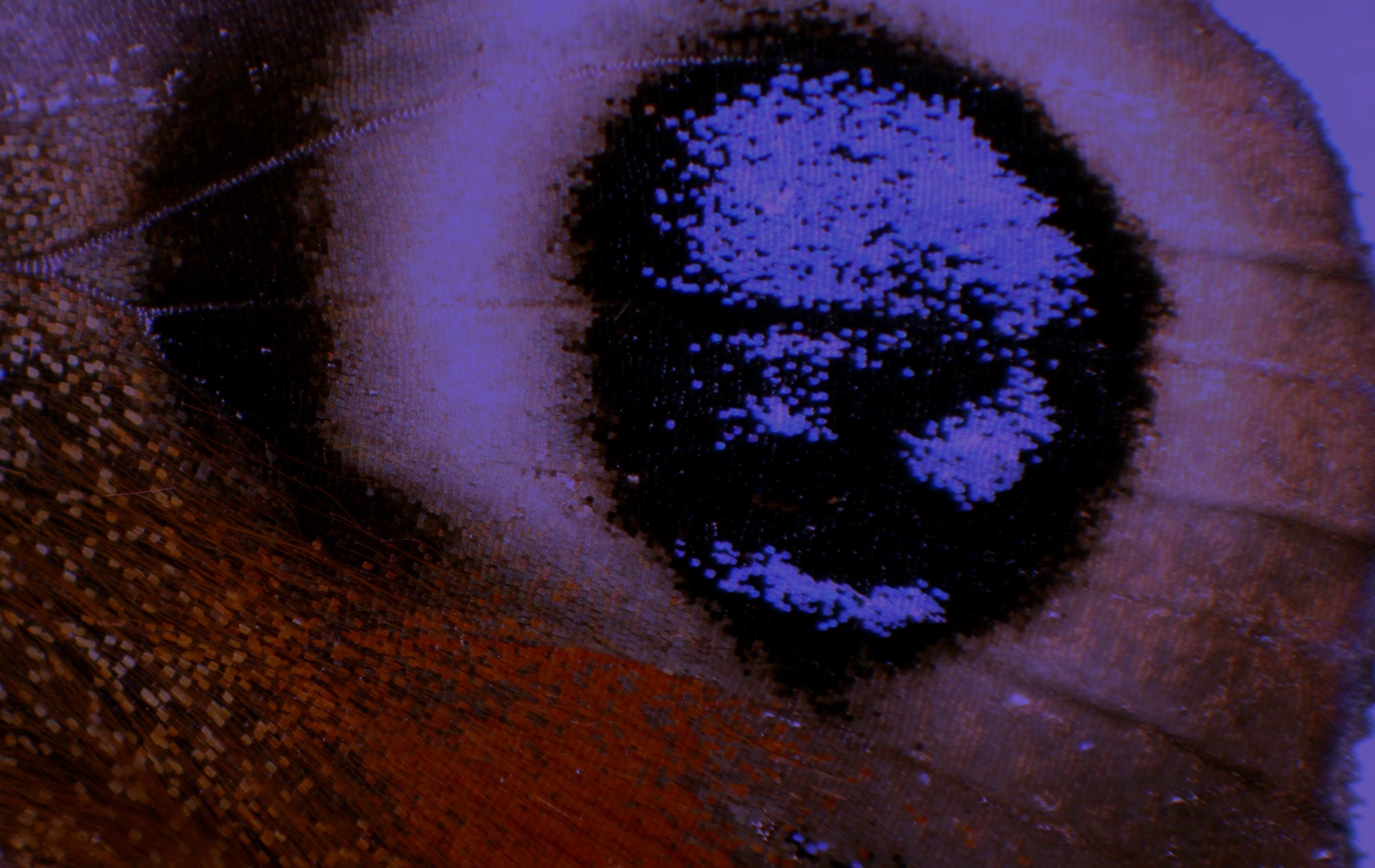Project Description
SHEILA TILMOUTH’S ARTIST RESIDENCY WITH THE FEN RAFT SPIDER
This beautiful, semi-aquatic fish eating spider was discovered in 1956 at Redgrave and Lopham Fen near Diss on the borders of Norfolk and Suffolk at the source of the River Waveney. It lives in the margins of pools originally dug for peat and is dependent on the saw sedge found there.
Over subsequent decades survival of this species has been threatened through degradation of its wetland habitat due to water extraction and pig and poultry farm pollution. A species recovery program was initiated in 1991 by Natural England and systematic monitoring and habitat management has since been established overseen by Dr Helen Smith. More information can be obtained from its dedicated websitewww.dolomedes.org.uk
Arts Council England awarded a grant to work alongside this conservation project. The residency is also supported by Suffolk Wildlife Trust and the BBC Wildlife Fund. Local groups and schoolchildren will engage with printmaking workshops at Redgrave and Lopham Fen and Carlton Marsh Education Centre. An exhibition of work will be mounted at each venue.
I am also working with The Natural History Museum, Buglife, The British Arachnological Society and Little Ouse Headwaters Project.
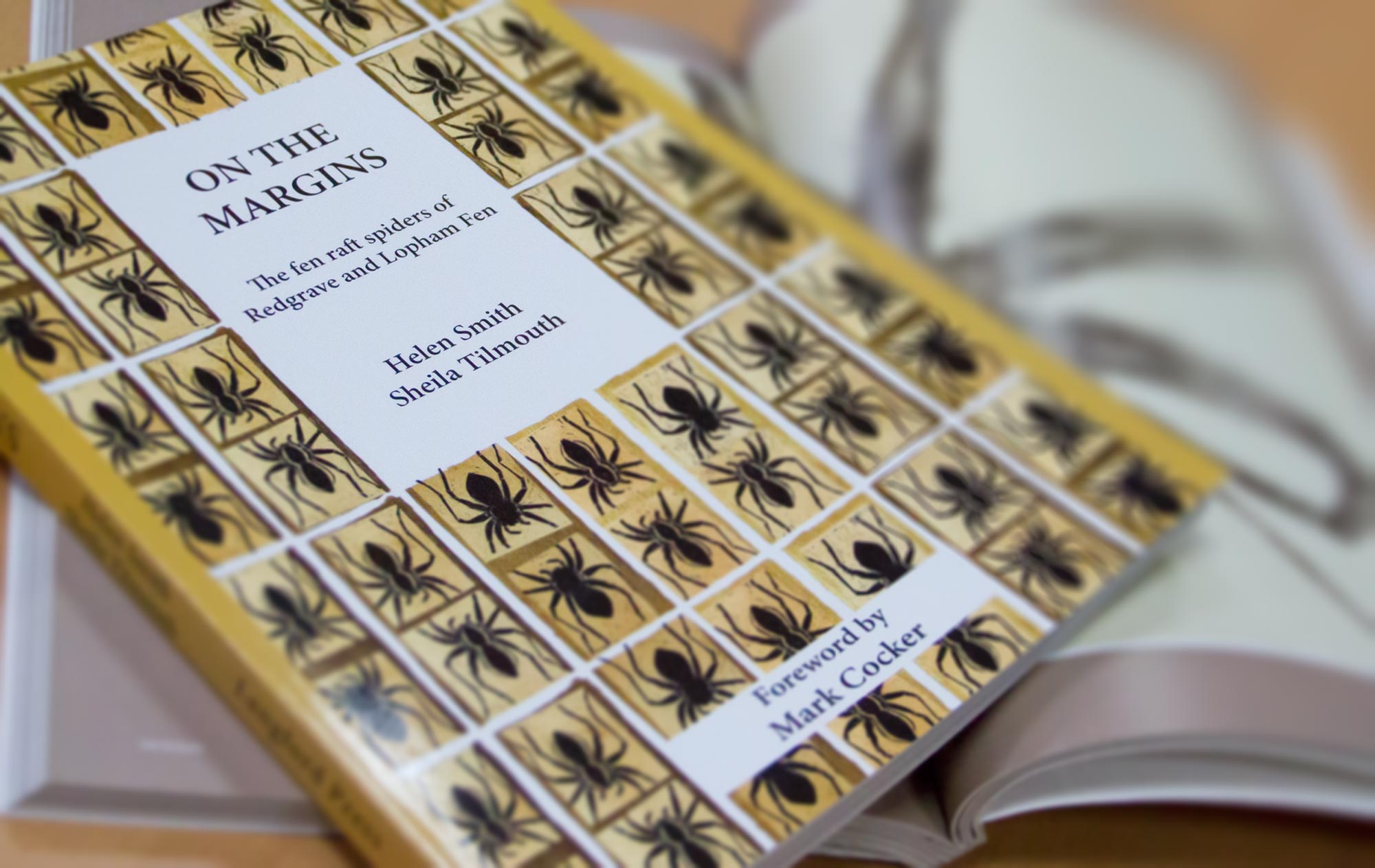
Hairy spider: etching
This ventral view of the spider shows its complicated anatomy of joints and legs. The swollen tip of the palps indicates that this is a male and it is here that seminal fluid is stored. The tip is inserted into the female during copulation.
( Click Image To Enlarge )
Heritage: collagraph
The underlying bed of chalk at Redgrave and Lopham determines the neutral or alkali pH of the water that feeds the fen, thereby creating a particular habitat suitable for the fen raft spider. The Cretaceous period during which the chalk was deposited was long after the first creatures resembling arachnids evolved.
( Click Image To Enlarge )
Saw sedge: collagraph
At Redgrave and Lopham Fen these sedges are essential elements in the spider’s habitat providing support for nursery webs and egg sac construction. The clumps of stiff leaves provide an open and sunny structure for the spiders activities.
( Click Image To Enlarge )
The catch: tinted lino cut
After the catch has been paralysed it is infused with digestive juices that allow the spider to ingest its prey as liquid. The many hairs and comb like structures in and around its mouthparts ensure that solid particles are separated out and not ingested by the spider.
( Click Image To Enlarge )
Small wetland creatures: linocut
The fen supports a richly diverse abundance of small creatures which make up a complex food chain. A species can be predator or victim at different stages of development so that a spider will eat a tadpole but in turn be dinner for a frog.
( Click Image To Enlarge )
Moult
A spider moult is a complicated procedure with eight legs to negotiate. The spider hangs in suspension as they release themselves in a beautifully choreographed motion.
( Click Image To Enlarge )
Courtship: digital image
The spiders are ready to mate when they become adult in their third summer. Attracted by pheromones, receptivity is communicated through vibrations on the water surface. Fertilization takes place through insertion of the elaborate structures within the male palp into the female’s epigyne.
( Click Image To Enlarge )
Building the egg sac: photo
When the female is ready to lay her eggs she builds a silken cup going deep into the clumps of sedge which she uses for support. Because of this the activity is rarely seen. She seals its opening with more silk after laying the eggs inside then cuts it free it from the sedge supports.
( Click Image To Enlarge )
Female with egg sac: wood engraving
The female carries the egg sac around with her for two to three weeks, holding it against her body with her chelicera and palps. It must be kept moist so she stays near the waters edge, frequently dipping it into the pool.
( Click Image To Enlarge )
Nursery web: collagraph
Much of the life of the spider is played out on the water margins of deep pools historically dug for peat – they only climb the tall sedges to provide a nursery web for their spiderlings. From here the young spiders disperse to begin independent life
( Click Image To Enlarge )
Spiderlings: photo
When the eggs are ready to hatch the female constructs a web above the water level in the sedge. Breaking free of the sac the spiderlings cluster together within the web under the guard of their mother.
( Click Image To Enlarge )
The Bottleneck
Severe decline of a species results in a diminished gene pool that cannot recover even if numbers increase. This leaves the population vulnerable as it has less ability to adapt or have resistance to changing environmental conditions.
( Click Image To Enlarge )
Genetic Codes
The striking banding is found on 75% of this spider population with 25% remaining unbanded. It is determined by two inherited genes – one from each parent. The unbanded gene is recessive.
( Click Image To Enlarge )
Relics
A spiderling sheds its skin up to 15 times as it grows to adulthood. Each cast is a perfect ghost of the body that inhabited it.
( Click Image To Enlarge )
